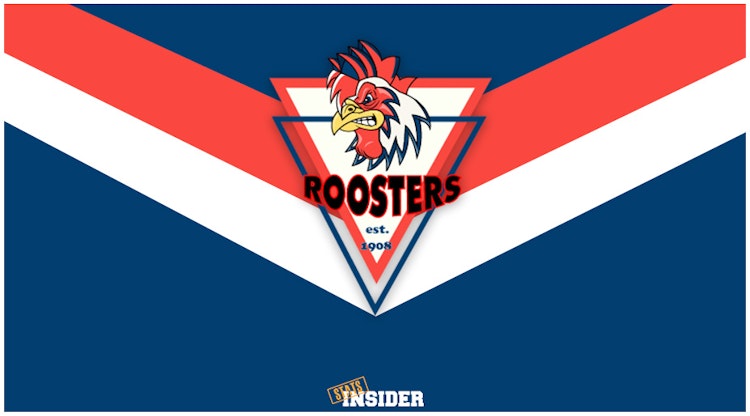How The Sydney Roosters Won The NRL Grand Final
Last updated: Mar 13, 2019, 3:28AM | Published: Oct 1, 2018, 2:41AM
The Roosters had been building for the Grand Final from the day they signed Cooper Cronk in October 2017.
An injury may have stopped the halfback from stamping his authority on the decider, but his team was still able to construct the win without him.
Here we take a look at how all the pieces fell together and the numbers behind Sydney's 21-6 win.
The Foundation
When the forwards are rolling down the field, everything else comes easier.
With 1,703 running metres for the night, the Roosters had no trouble getting to the right end of the field. As a result, the outside backs were able to pile up the metres on their way to manufacturing all three of Sydney's tries.
Jared Waerea-Hargreaves and Siosiua Taukeiaho got things started through the middle while finding 236 metres compared to the Storm's 97 metres from their starting props.
With the big boys laying the foundations, the Roosters back three found 553 metres themselves while the Storm fell almost 200 metres behind at 364 metres despite Josh Addo-Carr accumulating 85 of those metres in his intercept try.
From there, Latrell Mitchell was able to get his hands on the ball on the front foot for 10 runs, 59 metres and a try.
When Mitchell runs the ball, the Roosters tend to win and the Grand Final was no different.
Random Stat/s: Latrell Mitchell averages 7.78 runs per game.
— Jason Oliver (@JasonNRL) September 18, 2018
When he runs less than that, the Roosters are 5W-6L.
When he runs more, they are 10W-2L.
A large part of Sydney's success comes down to their 85% completion rate.
They were able to crack the 1,700-metre mark for the fifth consecutive game by holding onto the football and building pressure.
As the NRL-leaders in errors with 11 per game, the 85% completion rate in the big dance was far superior to their 13th ranked 76.3% average for the season.
With the Roosters occupying 57% of possession throughout the 80 minutes, the Storm weren't given the chance to play themselves back into the game after going down early.
Building Up The Points
With the foundations laid through possession and yardage, the Roosters were then able to turnover the scoreboard and piece together the win.
The offloads were typically low (5), but the Roosters managed four linebreaks while asking plenty of questions in attack.
Despite the defence knowing Cronk wouldn't run the ball, the Roosters right side attack was still effective with James Tedesco getting his hands on the ball 25 times while recording a linebreak assist and try assist.
He played more of a distributing role amongst the outside backs who laid out all three tries:
- Daniel Tupou the beneficiary of a beautiful Luke Keary pass.
- Latrell Mitchell used his size and speed to brush past Will Chambers on his way to the line.
- Tedesco's hands were too quick for the rushing Josh Addo-Carr as he shifted the ball out to Joseph Manu to score in the corner.
Luke Keary was the man making the plays with Cooper Cronk running around with only one functioning arm.
Keary averaged just over 35 receipts and 28 passes per game heading into the Grand Final. He finished with 71 receipts and 49 passes in an inspired, Clive Churchill-winning, performance. His try assist to Tupou set the tone for the night as the Storm attack didn't come close to what Keary and the Roosters were producing.
The Difference
The Storm didn't throw a punch and the key areas of the stats pages prove it.
Their 15 errors to the Roosters' six were back-breakers.
Spending 13 minutes with only 12 men on the field forced them to make more tackles and promoted fatigue. When you're chasing points, making 97 more tackles than the other team makes things difficult.
But most of all, it was the lack of spark in attack.
Melbourne's lone linebreak didn't come until the 59th minute. Down 18-0 at the time, the game was all but gone already.
Cronk was relatively ineffective for the Roosters last night, but his absence within the Storm spine was more noticeable than ever.



